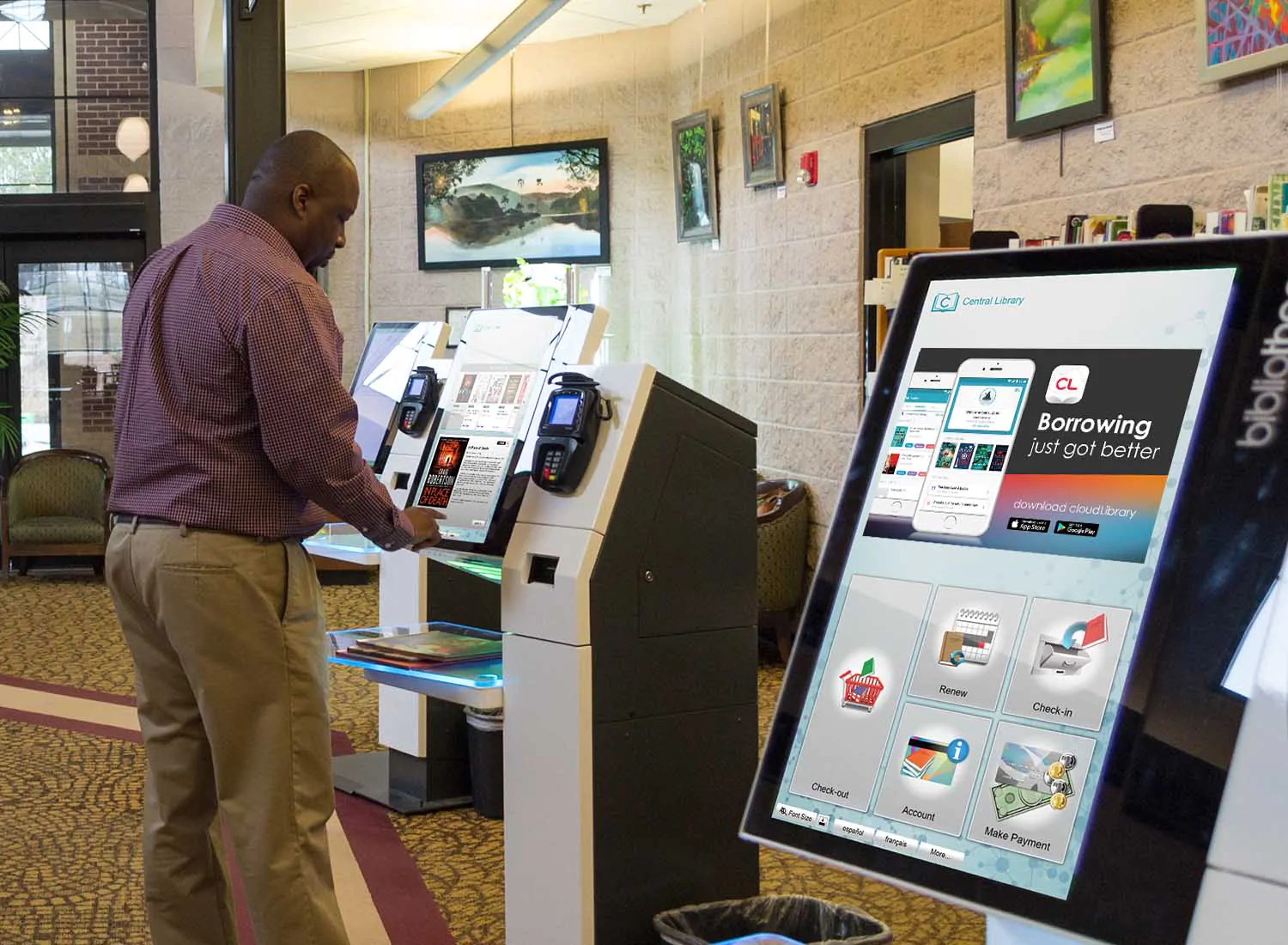A Brief History Into RFID Scanning And Tracking Systems

Radio Frequency Identification (RFID) technology has been in the global market for a long time since the 1940s serving numerous purposes. Though the RFID scanning system started as a war technology amidst WWII it is expanding enormously to almost every sector in the contemporary world. Experts predict that the market size of this technology will grow at 10.2% CAGR and reach up to $ 17.4 billion by 2026.
Beginning from the business sector to many other sectors including the governments are using this technology worldwide. The Radio Frequency Identification system works through the transmission of radio waves and tracks things like barcode scanners. However, this technology is far more advanced than the barcode system and can trace and track even the colour and location of the target easily, faster, and accurately. Interestingly, almost all know about RFID tracking solutions but very few know how this technology evolved and emerged. The following is a brief history of this scanning and tracking system.
The Inception And Chronology Of RFID At A Glance
This tracing system combines radio broadcast and radar technology and so its inception starts with the inception of the radar in the 1920s. Below is the chronological development of the technology.
- Radar technology developed in the 1920s in the US.
- Britain used an IFF (Identify Friend or Foe) transponder system that resembled this technology to trace enemy aircraft in WWII.
- Harry Stockman published “Communication by Means of Reflected Power” in the 1940s which was a turning point.
- The technology was developed in the 1940s and incorporated in the aircraft for long-range transponder systems.
- The technology was used beyond the military in the 1960s to track devices.
- The tracing and tracking system expanded enormously through abundant research and application by academic institutions, laboratories, governments, etc. after the 1960s.
- Charles Walton started the process of patenting the technology in 1973 and was awarded in 1983. Thus, the acronym “RFID” started in 1983.
- The technology was widely used especially in the US and Europe for transportation, animal tracking, and other business purposes in the 1980s.
- The RFID tracking software as a full-fledged system was used by consumers and businesses globally in the 1990s.
- By the year 2000, the technology advanced remarkably and was accepted by everybody as the most effective and affordable means of tracing and tracking systems.
Brief History Of Radio Frequency Identification System
The period of WWII is considered the beginning of Radio Frequency Identification tracing and tracking systems. Radio wave technology was developed with radar technology. Radar was first introduced by Alexander Watson-Watt in 1935 and extensively used by the US, British, and German military. However, the radar system could only detect incoming aircraft but could not specify to whom the aircraft belonged. The German pilots rolled their planes to ensure that it was their plane and thus solve the problem.
On the other hand, the Britishers introduced IFF or “Identify Friend or Foe” by taking the idea a step further. They incorporated a transmitter on the plane that did the broadcasting of the signal in response to the radar. This combined technology of radar and radio transmission started the era of RFID solutions in the world.
The actual radio frequency transmission technology started with the development of a Soviet spy tool by Leon Theremin in 1946. Theremin developed the spy tool in the form of a musical instrument that played without physical touch and functioned through radio frequency waves. This was presented to the US ambassador and since the spy tool did not use any wire or battery it went unnoticed and undetected for a full 7 years.
The turning point came when Harry Stockman published his article titled “Communication by Means of Reflected Power” in 1940. It paved the way for extensive and in-depth research on the technology in the next two decades. Eventually, the outcome of these research and studies resulted in several remarkable developments including electronic surveillance and anti-theft detection. As part of this, Mario W. Cardullo introduced active RFID tags that incorporated a rewritable memory mechanism in 1973. Besides this, Charles Walton who patented the technology introduced the passive responder in the same year that unlocks the door without a key which we still use.
By the year 2000, the technology developed extensively and was in use for several sectors for tracing and tracking including the US department of energy tracking nuclear materials. People started using this technology in diverse areas like tracking of logistics, tracking of maintenance and monitoring in manufacturing, tracking product information and product safety, tracking payment processes, etc. Eventually, the Radio Frequency tracing and tracking through RFID readers became immensely popular worldwide. Below are a few remarkable radio frequency identification applications by various industries and governments.
- Scholars agree that the first commercialization of this technology was done by Wal-Mart as they launched radiofrequency incorporated material identification in 2005. Wal-Mart still uses this technology extensively in its tracking of merchandise like food, electronic items, apparel, and other products.
- This technology is widely used for airport and port security across the world, especially after the 9/11 attack in the US. President George W. Bush made the RFID printers, tags, readers mandatory in all the airports and ports in the US.
- The administration of Tony Blair in 2004 declared that this technology would be implemented for securing national identification cards.
- The Taiwan government implemented the radio wave tracking-based e-seal system to enhance security in 2012.
- Countries like the Republic of Korea and Japan use the technology for child protection.
- The largest smart card project incorporating this technology was implemented by China in 2008 by introducing citizens’ smart cards worth $ 2.25 billion.
- RFID Australia is known for its livestock management where every livestock is tagged soon after they are born.
Radio wave transmission-based tracking systems, over the period, have gained immense popularity and are trending across many sectors. Some of the important sectors are defence and security, environment and ecology, healthcare and welfare, livestock and agriculture, transportation and business, especially the inventory management of retail, wholesale, and manufacturing. It should be a smart choice for you if you are an entrepreneur and desirous of approaching an RFID company. However, you should be also aware of the issues of RFID diffusion while choosing this technology for its numerous advantages.





